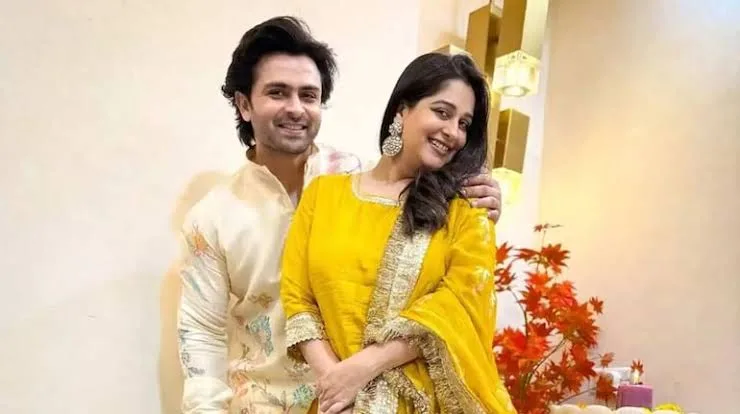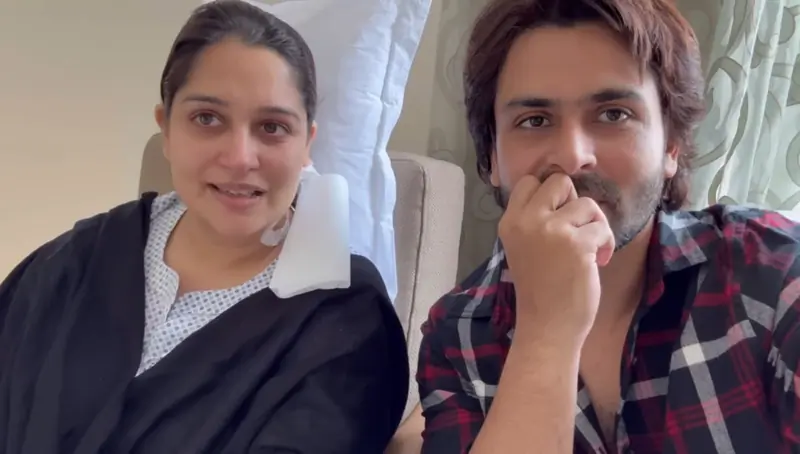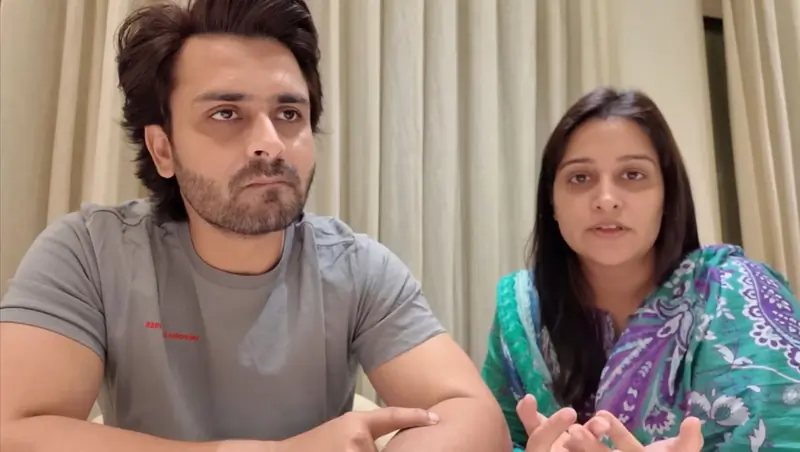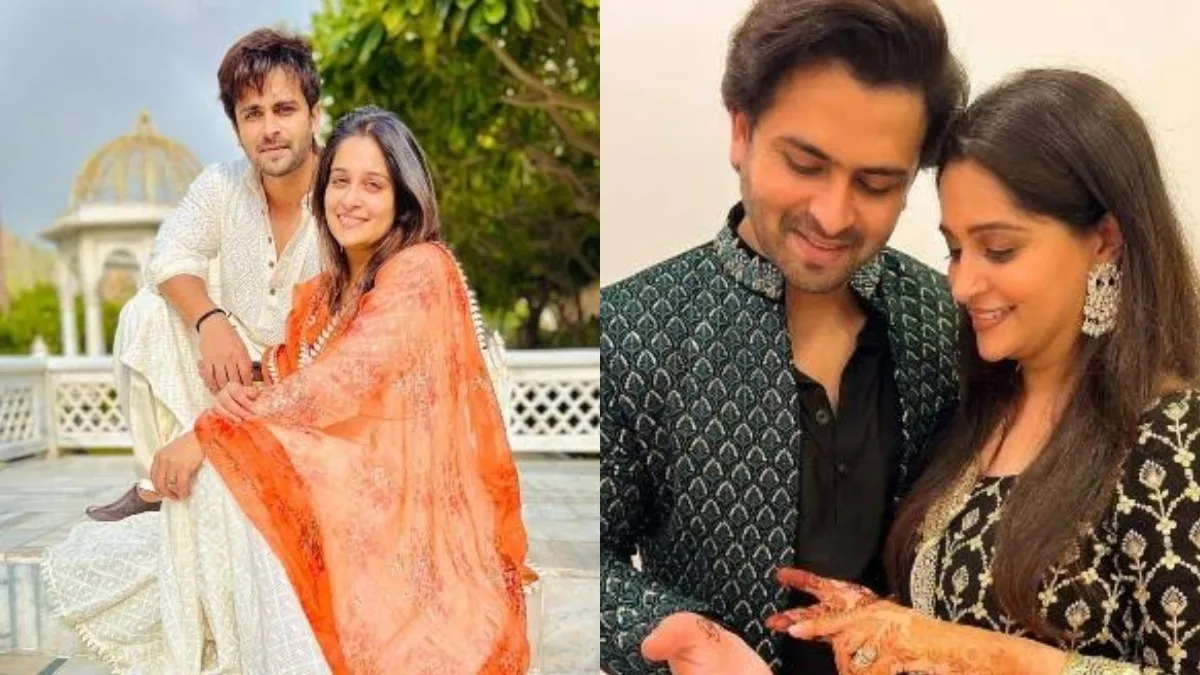Television star Shoaib Ibrahim has broken his silence to share a deeply personal update on his wife Dipika Kakar’s health journey following her diagnosis of stage-2 liver cancer. In a candid social-media interaction, Shoaib revealed the emotional toll of frequent medical tests and the anxiety that grips them even during moments of relative calm. His words — “It’s the time that scares us” — offer a rare glimpse into the behind-the-scenes reality of coping with illness when the cameras aren’t rolling.
Dipika’s diagnosis emerged in April 2025, after an initial bout of stomach discomfort led to further tests that revealed a tumour on her liver’s left lobe. The tumour, said to be sizeable and threatening, forced prompt medical intervention. In June, she underwent a 14-hour surgery to remove the abnormal growth and has since been under intensive post-operative care and targeted therapy. Her body, the couple revealed, continues to navigate the challenges of immune suppression, thyroid changes and unexpected side-effects like severe hair loss.

Despite the seriousness of her condition, what resonates most in Shoaib’s update is the quiet vulnerability he expresses. He described a recent hospital visit: “We went to the hospital for blood samples just yesterday. It’s like we have to go every three months, then every two months… Now the reports will come tomorrow.” Pausing, he added, “It is this time that scares us… I hope, by God’s grace, everything turns out to be fine.” For the couple, the days between tests have become as heavy as the surgery itself.
This update is part of a carefully documented journey. In vlogs and Instagram Stories, Dipika and Shoaib have shared everything from her lymph-drain IV in her neck to minor infections contracted from their toddler son Ruhaan — who passed a viral on to his mother at a time when her immunity was low. The public has watched her celebrate being tumour-free one day, fret about thyroid hormone shifts the next, and find solace in the first cup of tea she drank after a hospital discharge.

While social-media updates offer transparency, they also raise the question of what it means to live — and heal — under public scrutiny. For Shoaib and Dipika, the cameras now capture not just their professional personas but every anxious pause, test result and moment of fragility. The intimacy of daily life has become broadcast content, and their resilience becomes part of a narrative consumed by fans.
Also Read:Farhana Bhatt’s Family Takes Legal Action Against Amaal Malik’s Aunt Over Her “Terrorist” Remark
Yet their story is far from complete. Medical experts emphasise that following tumour removal and targeted therapy, the risk of recurrence or complications remains. Regular imaging, blood panels and hormone monitoring will likely continue for years. The patch between one test and the next carries its own weight. And for Shoaib, it seems that this waiting has proven harder than the surgery itself.

For viewers and fans, there’s a dual takeaway. On one level, this is simply the story of two young parents grappling with a serious illness and navigating a path forward. On another, it is a reminder that celebrities — often glamorised and distant by default — endure fears, uncertainties and hospital corridors just as anyone else might. The difference lies in the cameras and the expectations.
Industry insiders also note how the couple’s approach — sharing selective but emotionally honest updates rather than managing silence — reflects changing norms around celebrity illness narratives. Whereas once stars might quietly step away from view to recover, today they maintain transparency, often creating community and connection in the process. But that transparency doesn’t erase the private bruising; the fear, the downtime, the questions without answers.

As Shoaib and Dipika continue their journey, the hope is not merely that she recovers fully, but that the narrative surrounding her recovery remains rooted in empathy rather than spectacle. The challenge for them may lie in maintaining the balance between being open enough to invite support — and being private enough to preserve dignity and peace.
For now, they wait. They test. They plan. And when the sheet of results is handed back, they’ll hold their breath again. In the world of medicine, the biggest victory is not always the operation—it’s the next follow-up. And in that space, ‘waiting’ may just be their bravest act.


